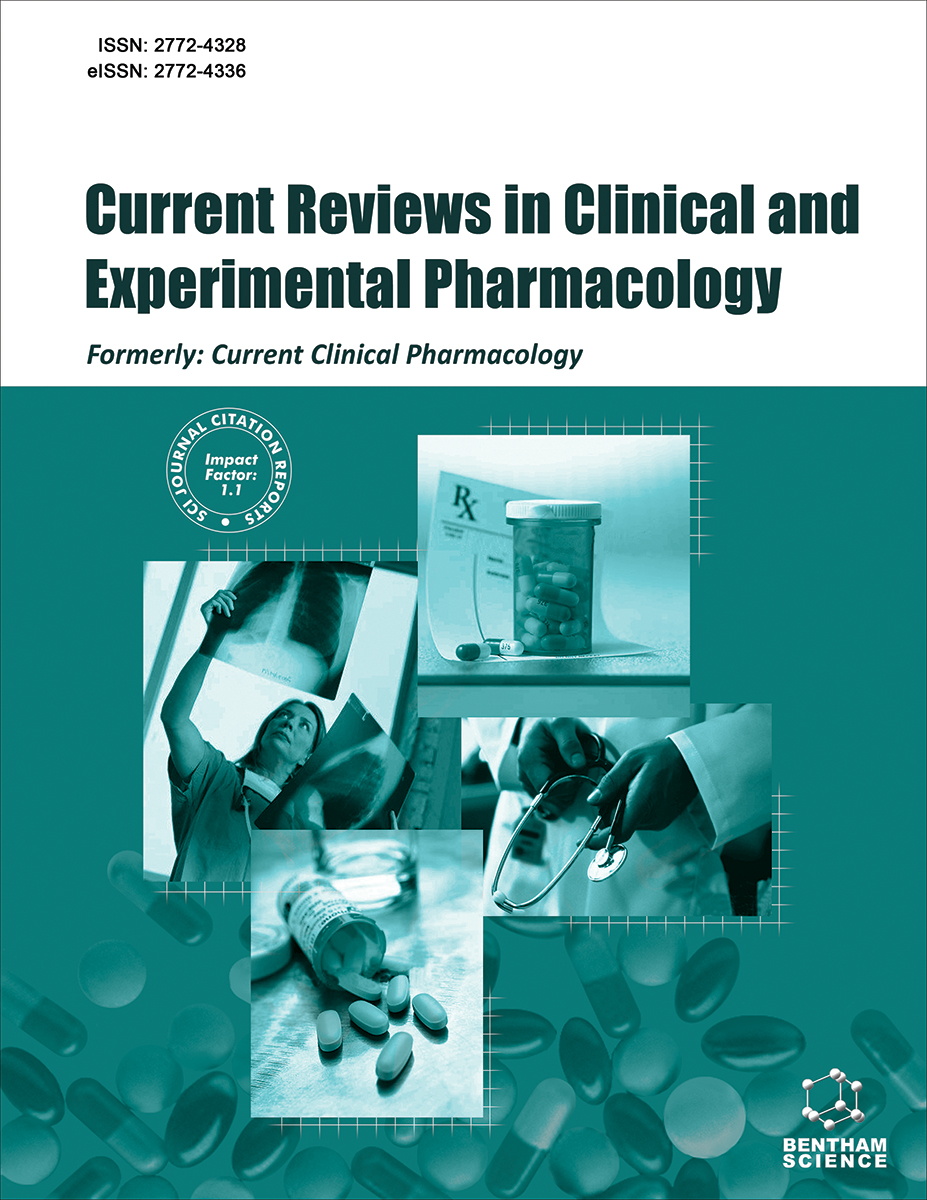
Full text loading...
We use cookies to track usage and preferences.I Understand
Large uterine fibroids (UFs) are clonal neoplasms of the uterus that form during the mid and late-aged women. Such women generally consume oral contraceptive pills, tranexamic acid, or NSAIDS to manage heavy menstrual bleeding (HMB) and associated complications while waiting for a conclusive procedure or avoiding hysterectomy. The procoagulant effect of these medicinal agents can result in venous stasis of the lower limbs, leading to deep vein thrombosis (DVT), a challenging complication with HMB. We examine the complicated state of heavy bleeding with thrombosis and explore better management options. It has been seen that women with hypothyroidism have an increased risk of getting DVT due to an alteration in the coagulation system. These incidences are mostly associated with higher uterine weight, which is related to the extrinsic compression of the inferior vena cava. In such cases, the occurrence of postoperative thrombosis is riskier if hysterectomy/myomectomy is the only option. Utilization of appropriate anticoagulants with modification of the steroid-hormone system using hormone agonists or antagonists (e.g., levonorgestrel intrauterine system, high-dose progestin-only therapy, danazol, aromatase inhibitors, Vitamin-D supplements or selective estrogen receptor modulators) could be an effective technique, but adverse consequences of continued use should be monitored. More research is needed into the basic biology associated with the role of growth factors and genetic alterations in these malignancies. The development of new leiomyomas following conservative therapy is also a significant issue.

Article metrics loading...

Full text loading...
References


Data & Media loading...

